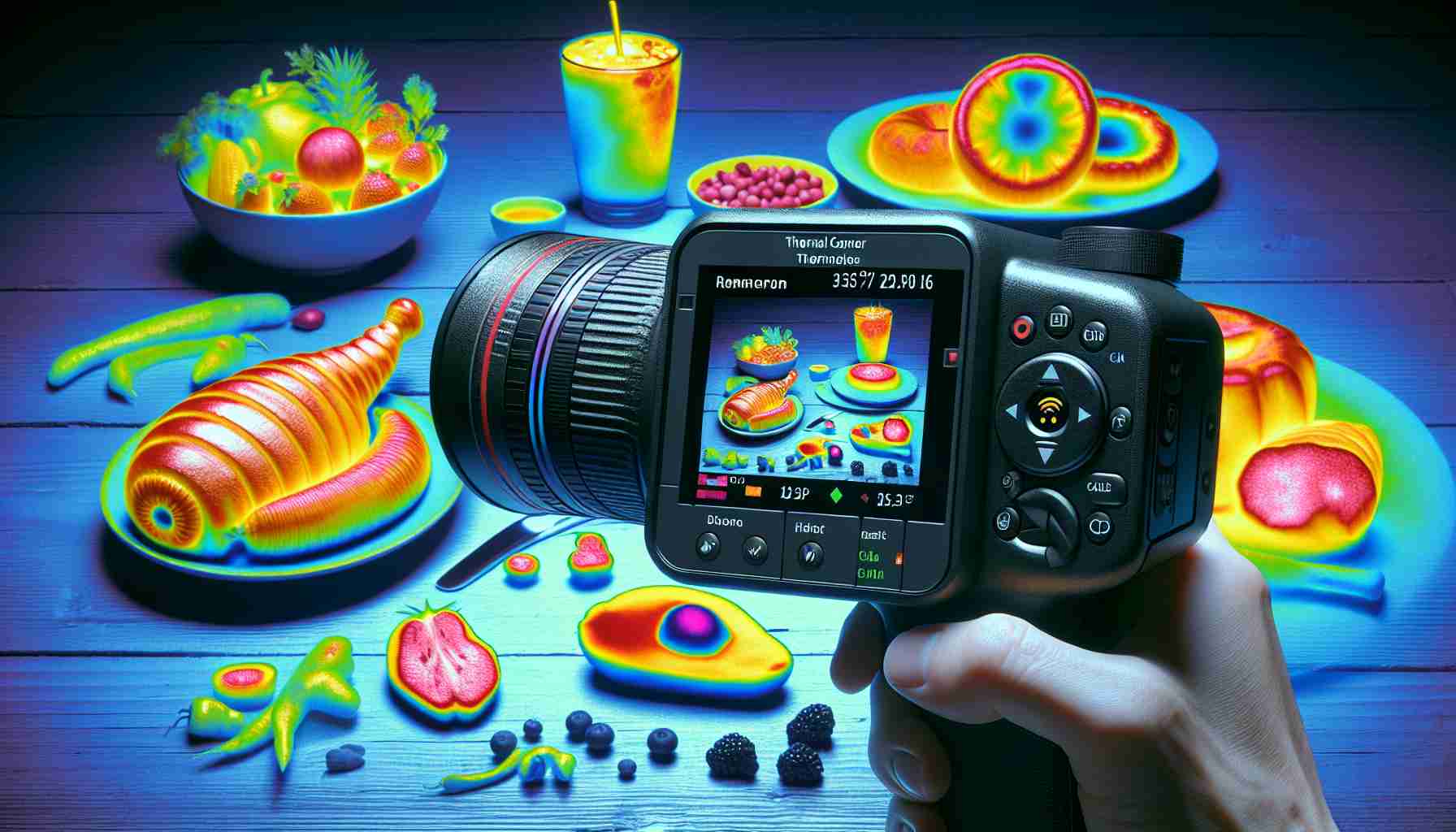Fitness trackers and smartwatches have become incredibly popular, with over 20% of Americans and even higher numbers in other countries using these devices to monitor their fitness. However, many people are unaware that these trackers are not as precise as they may seem. In fact, the mean error of commercial smartwatches that use heart rate for calorie estimation is around 40%. Researchers are now exploring a new solution to reduce this error by incorporating thermal cameras into wearable devices.
Calories are crucial for providing the energy needed for bodily functions and activities. Smartwatches estimate the number of calories burned by analyzing data from built-in sensors that detect movement and heart rate, along with personal information like weight, height, and age. However, this estimation is still just an estimate and can often be imprecise.
To address this issue, researchers at Carnegie Mellon University looked into using thermal cameras to improve calorie estimation. By measuring the heat emitted from the body, these cameras can detect variations in body temperature associated with metabolic changes due to physical activity or the thermic effect of food. This additional data, combined with other factors like activity type and duration, could enhance the accuracy of calorie burn estimates.
In a study, researchers asked 54 participants to cycle or run for 15 minutes while using the new system that incorporated thermal data. When compared to a clinical calorimeter, which is a highly accurate method for measuring calories, the new system had an error of only 5.8%. What’s even more promising is that the thermal camera used in the study is already available for a reasonable cost and can be integrated into smartphones.
However, there are limitations to consider, such as environmental conditions and individual physiological differences that may affect the accuracy of thermal imaging. The system’s performance in real-world scenarios must also be thoroughly tested. Nonetheless, this innovative approach brings us closer to more accurate and reliable calorie burn estimation, leading to improved health outcomes, personalized fitness routines, and a better understanding of how our bodies are affected by everyday activities and nutrition.
This groundbreaking research has been published in the Proceedings of the ACM Mobile, Wearable and Ubiquitous Technologies and will be presented at the UbiComp 2024 conference in Melbourne, Australia. With further refinement, thermal cameras could revolutionize the way we track and understand our calorie expenditure.
The fitness tracking industry has experienced significant growth in recent years, with a large portion of the population utilizing devices such as fitness trackers and smartwatches to monitor their physical activity and health. In the United States alone, it is estimated that over 20% of Americans use these devices for fitness tracking purposes. This trend is also observed in other countries around the world.
Despite their popularity, it is important to note that these fitness tracking devices are not always as accurate as users may assume. One particular area where these devices may fall short is in the estimation of calorie burn. Commercial smartwatches that rely on heart rate data for calorie estimation have been found to have a mean error of approximately 40%. This discrepancy raises concerns about the reliability of the data provided by these devices.
To address this issue, researchers at Carnegie Mellon University have been exploring the use of thermal cameras in wearable devices to improve the accuracy of calorie estimation. These thermal cameras can measure the heat emitted by the body and detect changes in body temperature that are associated with metabolic changes resulting from physical activity or the thermic effect of food.
By incorporating this additional data from thermal cameras with other relevant factors such as activity type and duration, researchers believe that the accuracy of calorie burn estimation can be significantly enhanced. A study conducted by the researchers involved 54 participants who cycled or ran for 15 minutes while using the new system that incorporated thermal data. When compared to a clinical calorimeter, which is a highly accurate method for measuring calories, the new system exhibited an error rate of only 5.8%.
One promising aspect of this research is that the thermal camera used in the study is already available at a reasonable cost and can be integrated into smartphones. This accessibility opens up possibilities for wider implementation of this technology in the future.
However, there are limitations to consider when utilizing thermal imaging for calorie estimation. External environmental factors such as ambient temperature and humidity can potentially affect the accuracy of the thermal imaging data. Additionally, individual physiological differences may also influence the accuracy of the measurements obtained through thermal cameras. These limitations underscore the need for further research and testing in real-world scenarios to fully assess the viability and reliability of this technology.
Nevertheless, if this innovative approach proves successful and can be further refined, it has the potential to revolutionize the way we track and understand our calorie expenditure. More accurate calorie estimation would not only benefit individuals in their fitness routines but also contribute to improved health outcomes and a better understanding of the impact of everyday activities and nutrition on our bodies.
To learn more about the research conducted by the team at Carnegie Mellon University, you can refer to their study published in the Proceedings of the ACM Mobile, Wearable and Ubiquitous Technologies. The study will also be presented at the UbiComp 2024 conference in Melbourne, Australia.
Overall, the incorporation of thermal cameras into wearable devices represents a significant step forward in tackling the limitations of current fitness tracking technology and holds great potential for various applications in the fitness and healthcare industry.
